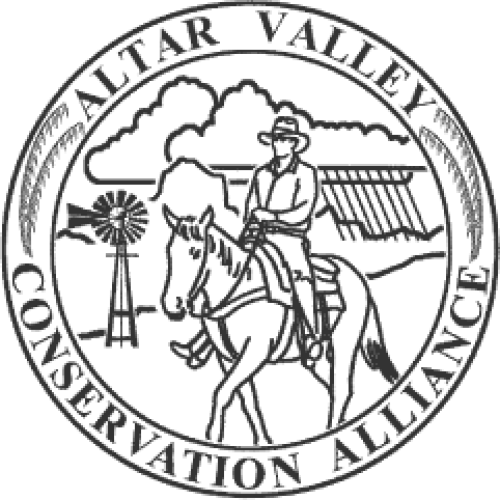Abstract:
I determined density and habitat use of desert mule deer (Odocoileus hemionus crooki) on the Buenos Aires National Wildlife Refuge, a semidesert grassland in southeastern Arizona, in 1996. I observed 219 groups of deer; densities varied from 0.9 ± 0.3 (SE) deer/km² in summer to 2.5 ± 1.3 in winter. Herd size varied from 1.5 ± 0.1 deer/group in summer to 9.7 ± 2.0 in winter. Density of females was greater than males (0.9 ± 0.3 and 0.03 ± 0.04, respectively). Mule deer used subshrub-grass more in summer (χ² = 54.8, 6 df, P < 0.0001) and Russian thistle (Sallsola kali) less and cactus more in autumn (χ² = 60.2, 6 df, P < 0.0001) than expected. Deer used mesquite (Prosopis velutina) less than expected, which may have been due to the difficulty of observing deer in dense cover. In general, the mule deer population was widespread, had a high proportion of females, and used vegetation associations as available. [AUTHOR ABSTRACT]

Reports and other documents about Sonoran Desert ecology, management, and conservation. Curated by the not-for-profit Altar Valley Conservation Alliance (AVCA) located outside Tucson, AZ.